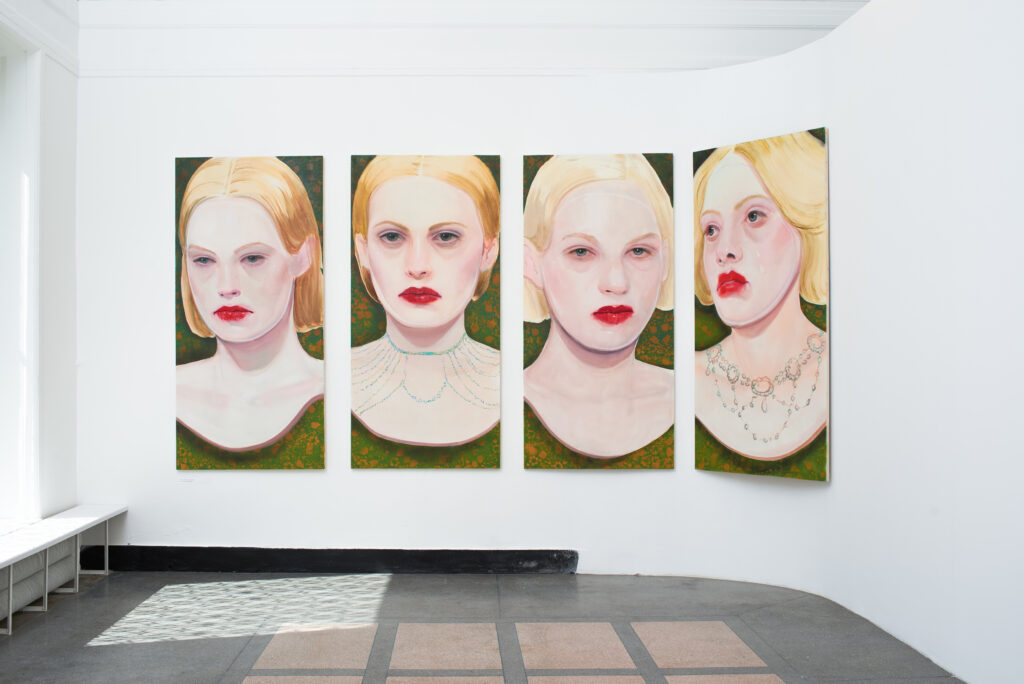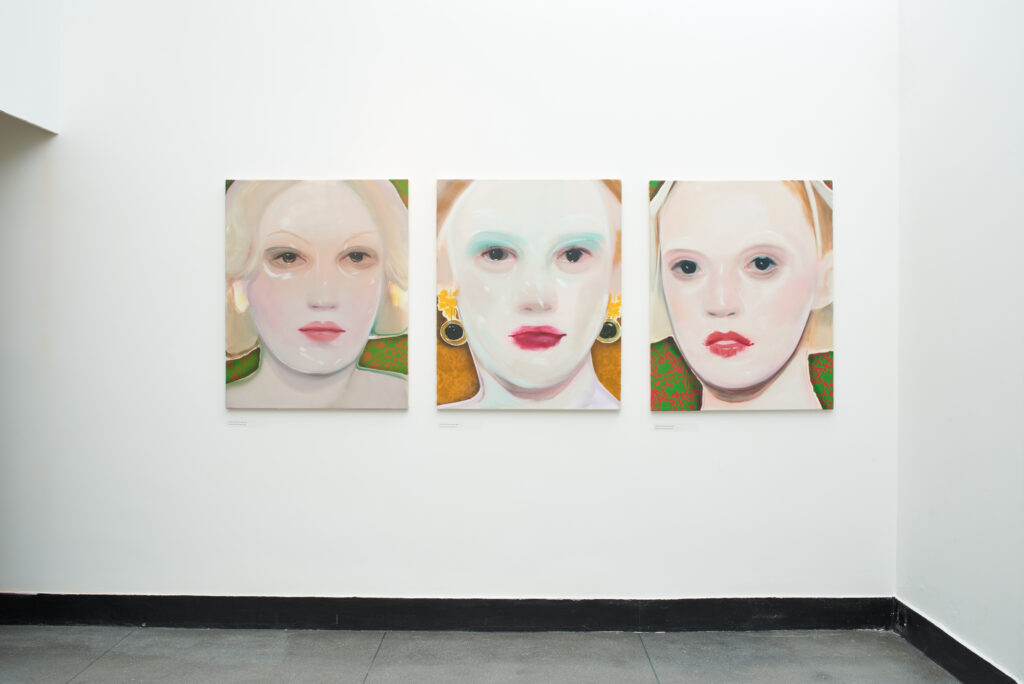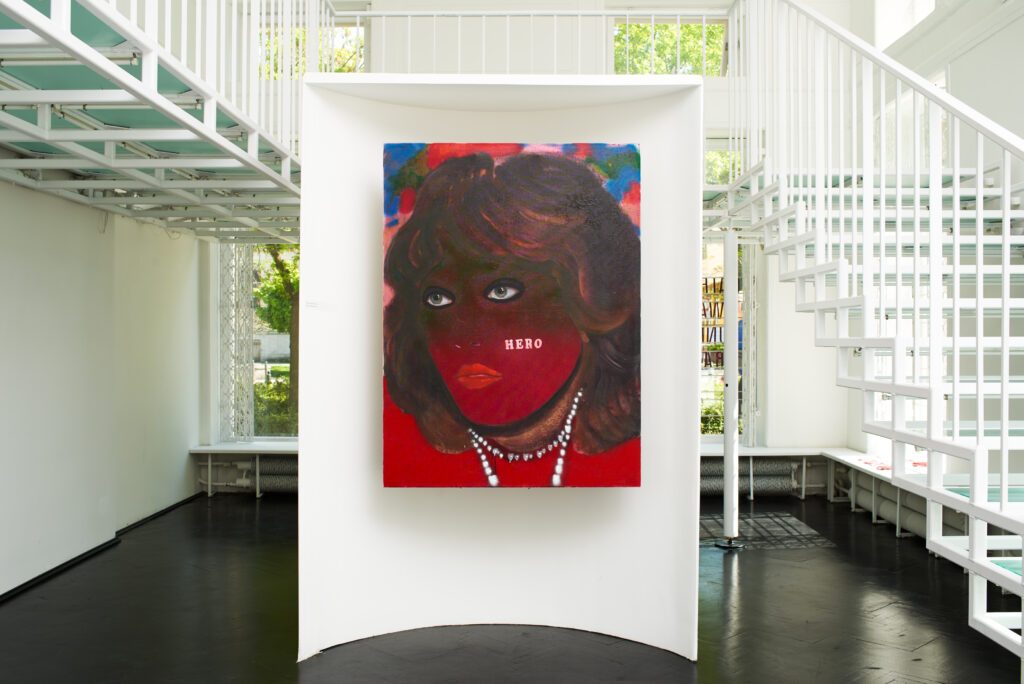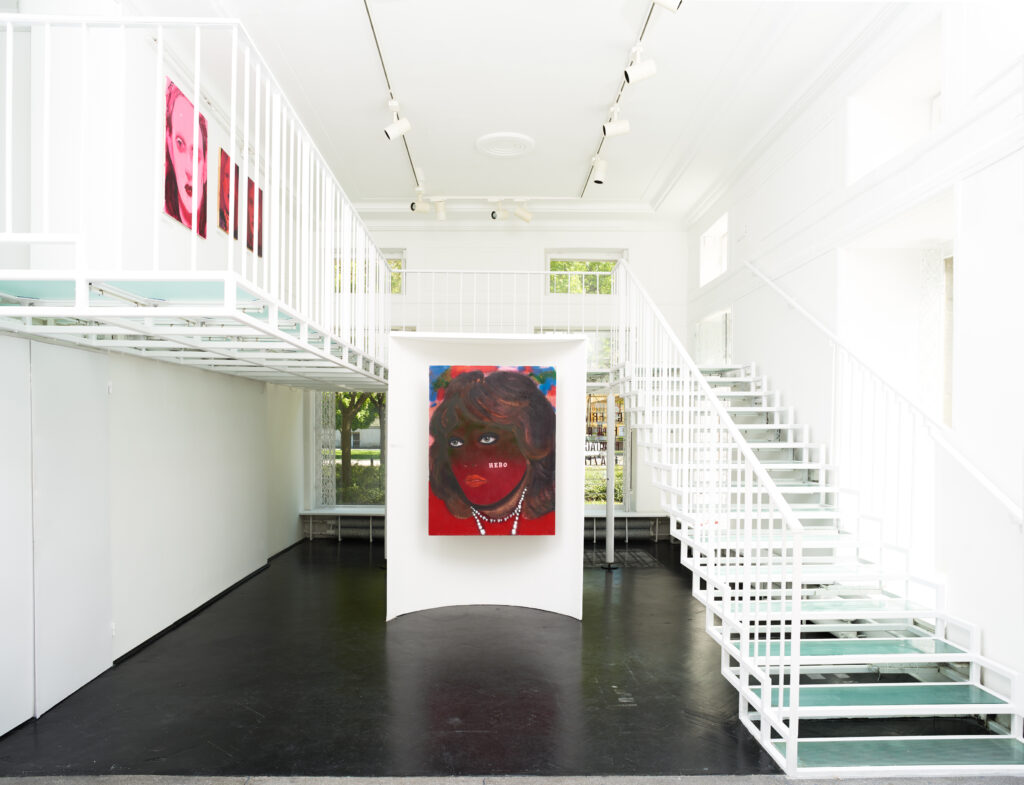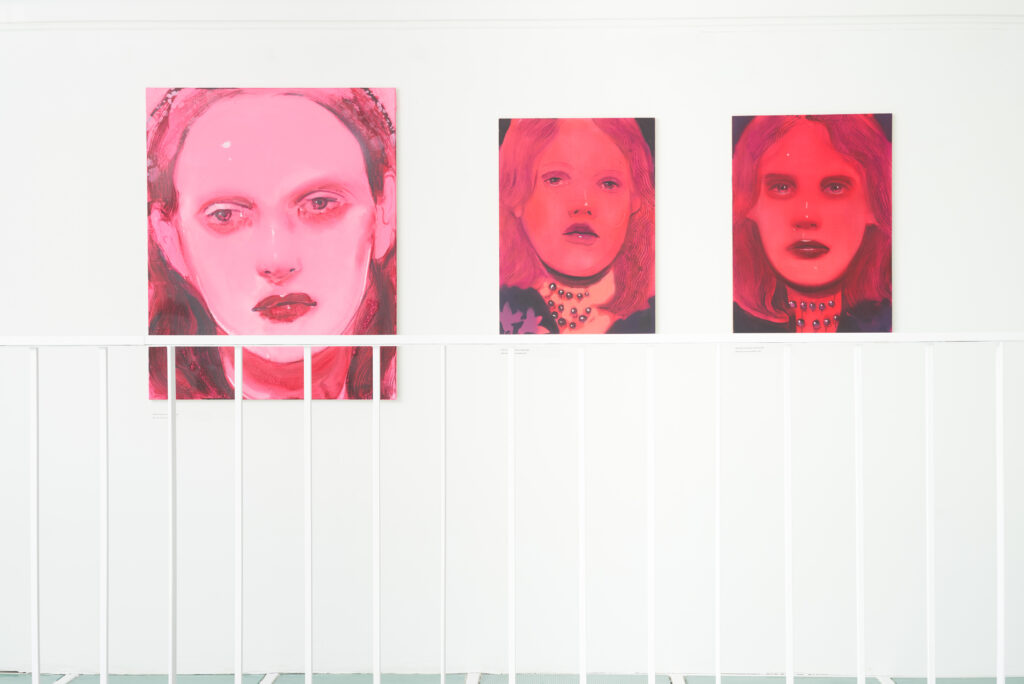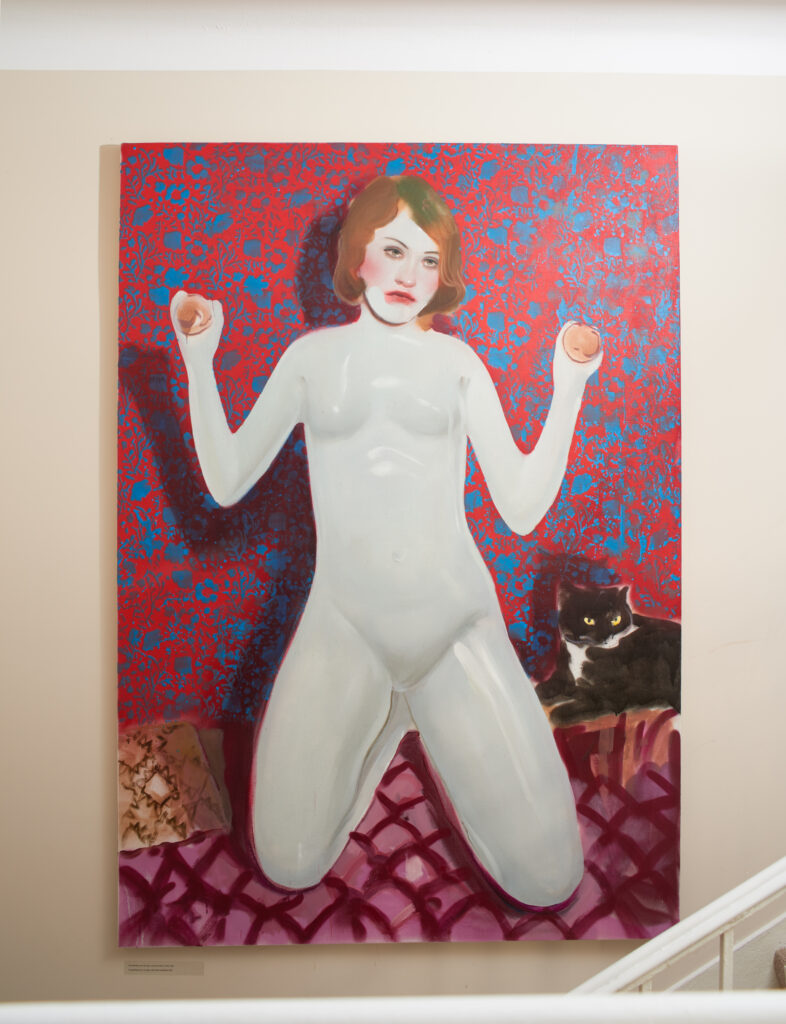Adéla Janská. OPAQUE HER
Exhibitions → past
Opening: Tuesday, May 9th, 7 PM
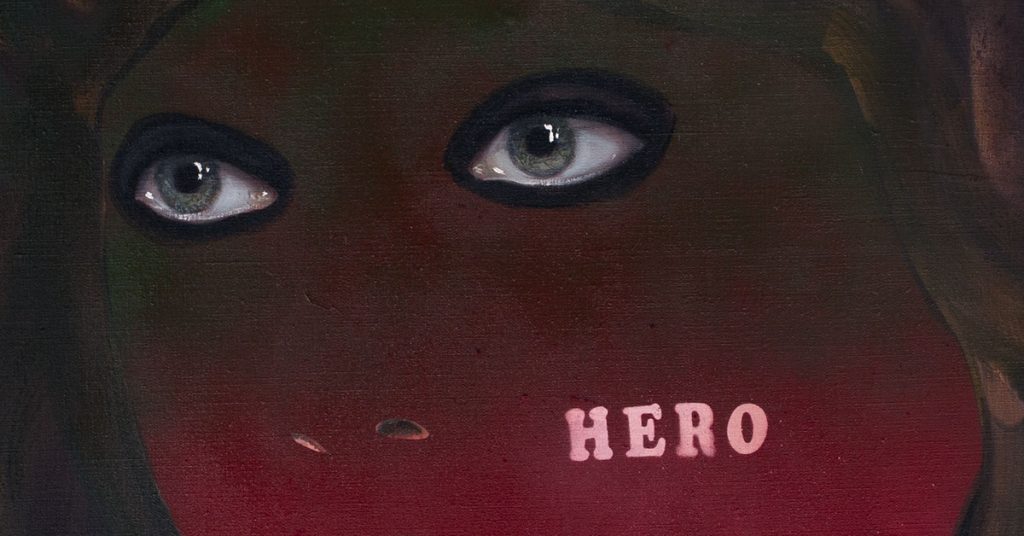
It’s opaque, secretive
to no purpose, circular
rather than linear,
a road that comes back
to itself as if that
were enough to keep our
attention, the first person
subjective, story of you
as told by you who can’t
stop free-associating
words that stand for emotions
you can’t bear to lay bare,
cop-out extraordinaire.
“Opaque”, Wyn Cooper
to no purpose, circular
rather than linear,
a road that comes back
to itself as if that
were enough to keep our
attention, the first person
subjective, story of you
as told by you who can’t
stop free-associating
words that stand for emotions
you can’t bear to lay bare,
cop-out extraordinaire.
“Opaque”, Wyn Cooper
The skin as if a glass surface reflects the light giving the illusion of depth, however, it is impossible to be penetrated. The English word “opaque” has lots of synonyms and can refer to different contexts. One of its meanings refers to the aspects of the color and gradient – opacity as a form of layering is a reciprocal of transparency. Opaque, cloudy, hazy, filmy. Misty and mysterious – keeping emotions in check. Identical with the perfect image, always under control. Their perfect coating, tense, threatens to explode. In a blow-up of female faces from Adéla Janska’s paintings, human skin resembles more than living matter, the non-organic porcelain surface – and indeed, a collection of fragile porcelain dolls is one of the mains of the artist’s inspirations.
Perfectly beautiful women from Janska’s paintings are under pressure – still exposed to penetrating gaze, as if nothing has changed through the last half of the century in the established patriarchal system, they still seem subjected to the power of the gaze. The power inscribed in tradition of the modern painting operates with the gender key that reproduces binary oppositions of the owner and the property, the subject and the object of the gaze and desire. In Ways of Seeing John Berger interpreted the gaze of women – models represented in female nudes as confirming their subordination to the male owner of the painting. Looking at Janska’s female faces it is hard not to think about Laura Mulvey interpreting heroines of classic Hollywood pictures that the film theorist analyzed in her profound essay. The heroines of the artist’s paintings are similarly exposed to the view and they give their gaze back, however, it is very hard to bear.
Opaqueness “protects” the images of beautiful women at the very formal level. The skin and the gaze hence seemingly inviting, resist. They initiate a series of visual references and mirroring. More circular than linear, they bend reality and destabilize hierarchic relations, opening the space to trans- subjectivity and proclaimed by Bracha L. Ettinger female, matrixial gaze.
Perfectly beautiful women from Janska’s paintings are under pressure – still exposed to penetrating gaze, as if nothing has changed through the last half of the century in the established patriarchal system, they still seem subjected to the power of the gaze. The power inscribed in tradition of the modern painting operates with the gender key that reproduces binary oppositions of the owner and the property, the subject and the object of the gaze and desire. In Ways of Seeing John Berger interpreted the gaze of women – models represented in female nudes as confirming their subordination to the male owner of the painting. Looking at Janska’s female faces it is hard not to think about Laura Mulvey interpreting heroines of classic Hollywood pictures that the film theorist analyzed in her profound essay. The heroines of the artist’s paintings are similarly exposed to the view and they give their gaze back, however, it is very hard to bear.
Opaqueness “protects” the images of beautiful women at the very formal level. The skin and the gaze hence seemingly inviting, resist. They initiate a series of visual references and mirroring. More circular than linear, they bend reality and destabilize hierarchic relations, opening the space to trans- subjectivity and proclaimed by Bracha L. Ettinger female, matrixial gaze.
The text and architecture of the show created in dialogue with Paulina Ołowska
